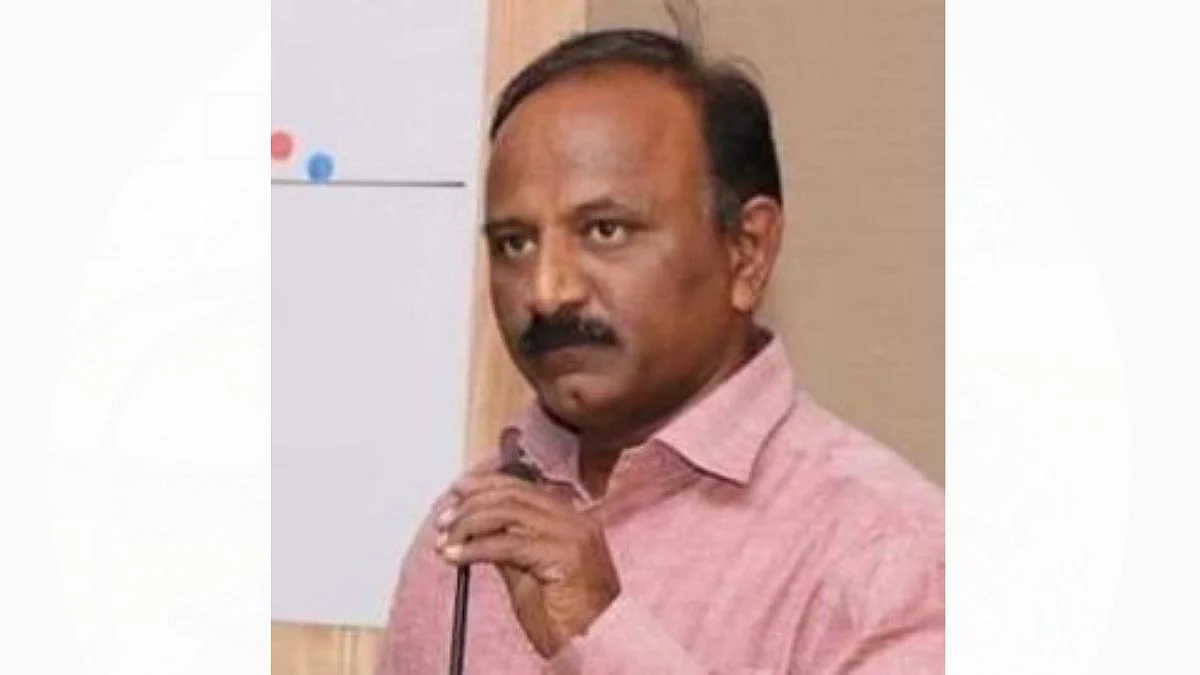Over 12 years, history enthusiast and conservationist Sudhir Risbud of Ratnagiri along with two colleagues at the Nisarg Yatri Sanstha has painstakingly discovered and documented nearly 1,500 petroglyphs around Ratnagiri and Sindhudurg. In all, there are nearly 1,600 petroglyphs located at over 150 sites in 100-odd villages of these two Konkan districts.
Petroglyphs are rock-carvings, one of humankind’s oldest-known art forms, and research at the Konkan sites infers that these creations belong in the period from the Upper Paleolithic to Neolithic Age.
Petroglyphs are considered powerful cultural symbols reflecting social traditions, religions, deities and the sacred landscape of a region. The state’s Archeology department is currently undertaking conservation work at several of these sites.
Risbud and his team have led an effort along with state conservationists to particularly document nine sites that are now in the running for a spot in the UNESCO World Heritage Sites listing.
“These sites have some unique variations. The dossier is under preparation, and we may add some sites too,” said Risbud. “The government is taking the lead on this, to make these sites a part of a global community.”
All the sites are located on private land, and conservation work has had to include local landowners to ensure access to the sites. At Ukshi village, efforts led to local protection for art work and plenty of tourist activity.
“We do awareness events, differently designed for children, tourists, scholars, etc,” said Risbud. Risbud and his team at Nisargayatri conduct guided tours of these petroglyphs, and more than one lakh visitors have been recorded in recent years. Risbud is also trying to train local tour guides to understand and explain the relevance of the petroglyphs.
Also known as Geoglyphs, these images carved or engraved in the laterite rocks are called katalshilpa or katalkhod chitra in Marathi. Risbud said most of the petroglyphs discovered in Konkan are two-dimensional life size carvings of wild animals and birds, some are geometrical figures possibly with some encoded messages and some are a set of geometrical structures. “The petroglyphs in Konkan are rare examples of very large designs, 6 to 8 metres in length and width, are deeply engraved, bold and prominent,” he said. The petroglyphs give tourists to Konkan a completely new dimension to explore, beyond the coastal spots and coastal cuisine.






